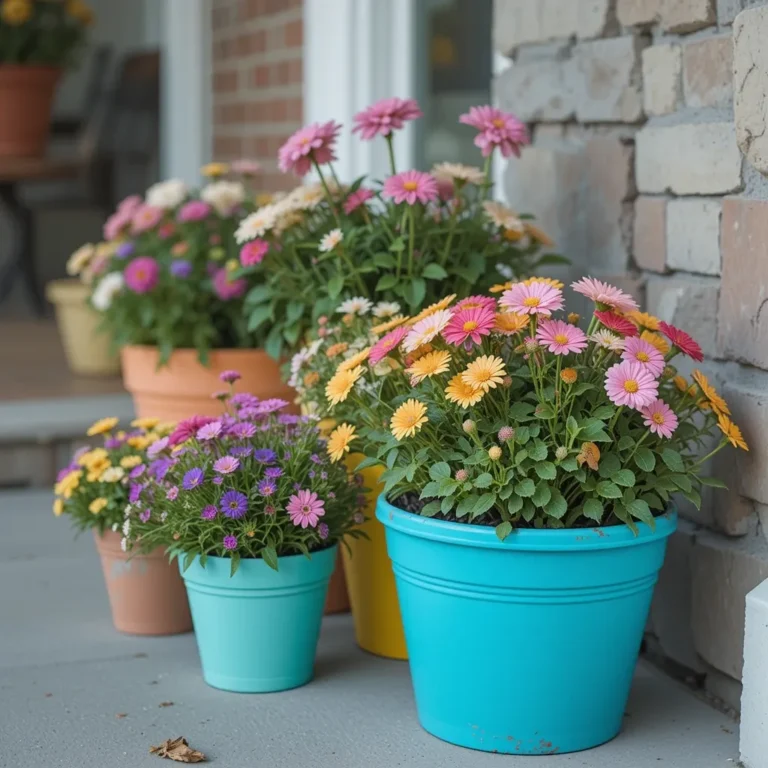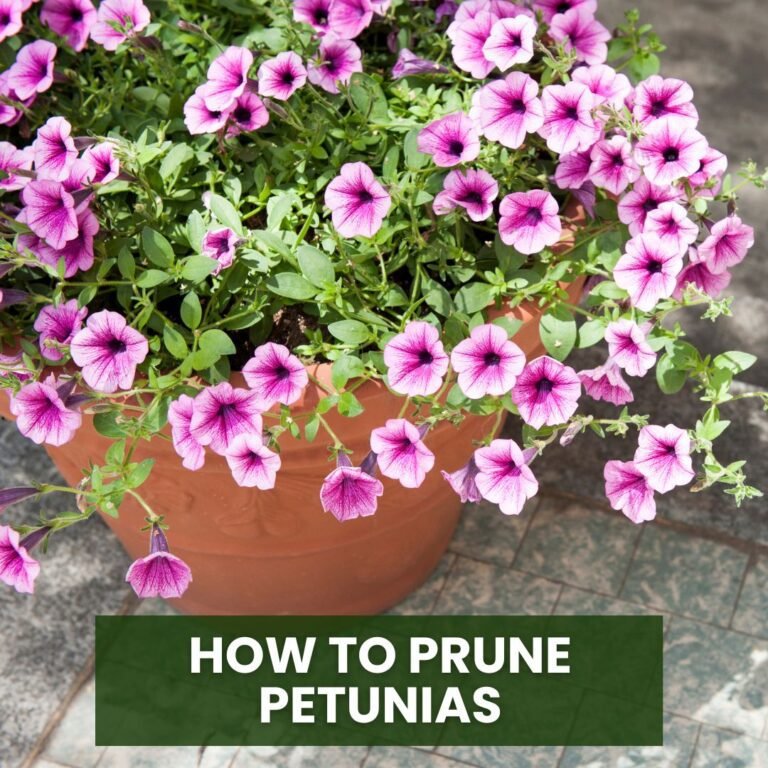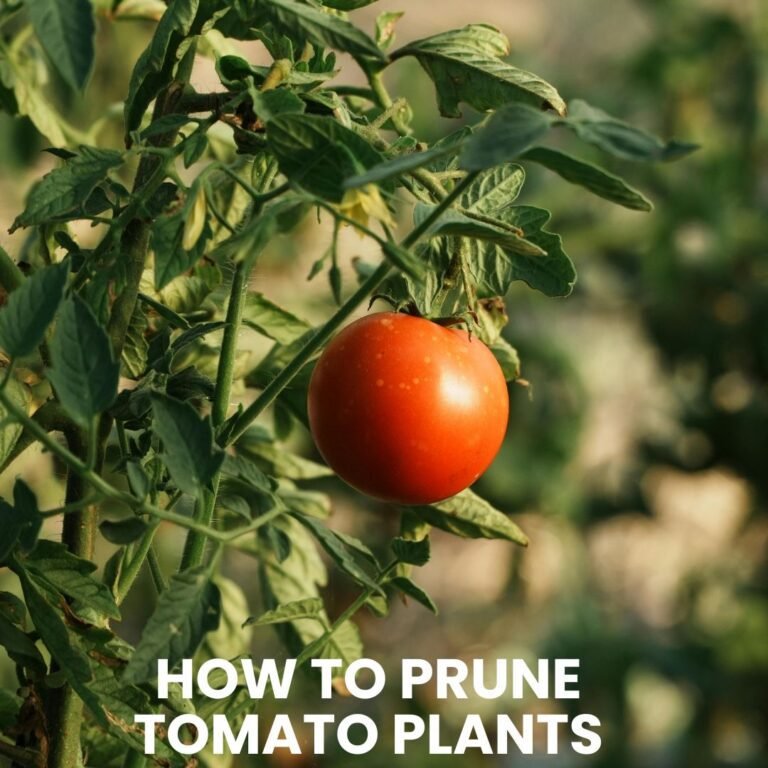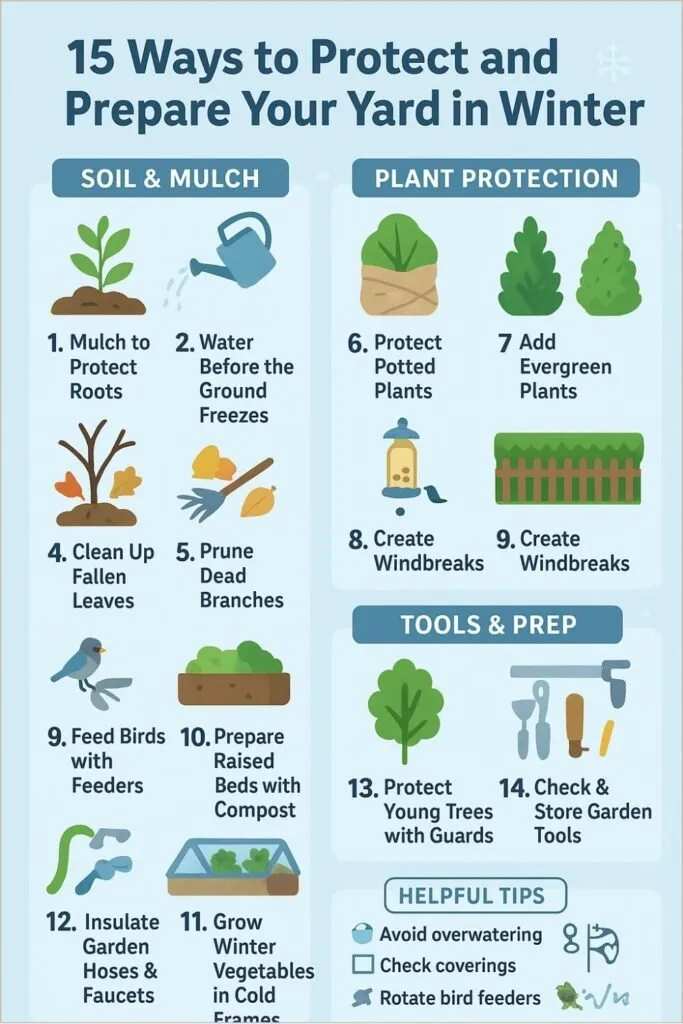How to Prune Basil: Step-by-Step Guide for Lush, Flavorful Plants
Basil is one of the most popular herbs in kitchens across the US, valued for its aromatic leaves and fresh flavor.
However, without proper pruning, basil can become leggy, produce fewer leaves, and even flower prematurely, which reduces its quality.
Knowing how to prune basil helps you maintain a bushy, productive plant all season long.
This step-by-step guide makes pruning simple for beginners and experienced gardeners alike, ensuring your basil thrives whether in pots or garden beds.
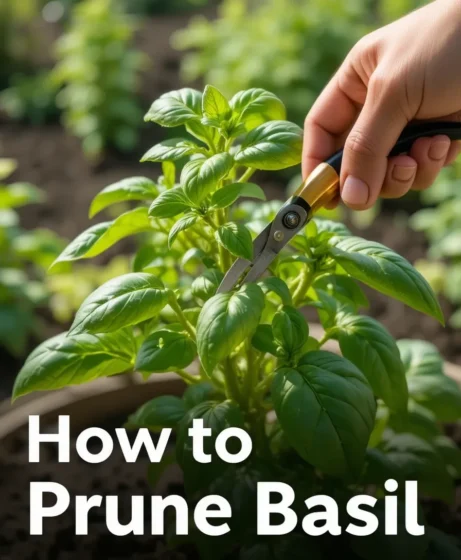
Step 1: Understand Why Pruning Basil Matters
Pruning basil encourages bushy growth, increases leaf production, and delays flowering. Leaving basil unpruned can result in tall, sparse stems with fewer flavorful leaves, which reduces your harvest over time.
Step 2: Gather the Right Tools
Use clean, sharp scissors or garden shears. Sterilize your tools with rubbing alcohol to prevent spreading disease. Sharp tools make precise cuts, reducing plant stress and promoting faster recovery.
Step 3: Prune Regularly from the Start
Start pruning basil when the plant has at least 6–8 leaves on each stem. Early pruning encourages lateral growth, which leads to a fuller plant. Avoid cutting more than one-third of the plant at a time to prevent shock.
Step 4: Pinch the Tips of Stems
Use your fingers or scissors to pinch or cut just above a leaf node—the point where two leaves emerge from the stem. This stimulates the plant to grow two new stems from that node, creating a bushier appearance.
Step 5: Remove Flower Buds
Basil naturally produces flower buds, which signal the plant to stop producing leaves. Pinch off buds as soon as they appear to redirect energy into leaf growth. Removing flowers also prolongs the life of the plant.
Step 6: Trim the Top Regularly
Frequent trimming of the top 2–3 inches of each stem encourages fuller growth. Always cut above a leaf node, and avoid cutting too low on woody stems, as basil grows best from soft, green stems.
Step 7: Thin Overcrowded Leaves
If stems become too dense, remove some inner leaves to improve airflow and reduce the risk of fungal disease. Adequate spacing also ensures sunlight reaches all leaves for healthy growth.
Step 8: Harvest While Pruning
Collect leaves while you prune. Regular harvesting encourages new growth and ensures a continuous supply of fresh basil for cooking. Cut leaves carefully to avoid damaging surrounding stems.
Step 9: Maintain Proper Plant Shape
Aim for a rounded, compact shape by trimming evenly around the plant. Balanced pruning keeps the basil aesthetically pleasing while maximizing leaf production.
Step 10: Prune Before Winter or Dormancy
If growing basil in cooler regions or indoors during winter, prune before dormancy to prevent leggy growth and maintain a healthy structure for the next season.
Step 11: Water and Fertilize After Pruning
Pruning stresses the plant slightly, so water immediately after trimming to help recovery. A light dose of fertilizer supports healthy regrowth, especially if you prune frequently throughout the growing season.
Step 12: Monitor for Pests and Diseases
After pruning, check for common issues such as aphids or fungal spots. Early detection ensures your basil remains strong and productive. Healthy plants respond better to regular pruning and produce more flavorful leaves.
Helpful Tips for Pruning Basil
-
Prune in the morning: Cuts heal faster, and the plant is less stressed.
-
Use angled cuts: Prevents water from collecting on stems and reduces rot.
-
Don’t remove more than one-third at a time: Over-pruning can shock the plant.
-
Pinch rather than pull: Avoid tearing stems when harvesting leaves.
-
Rotate pruning locations: Encourage balanced growth by trimming all sides evenly.
Final Thoughts
Pruning basil is essential for maintaining lush, flavorful plants and extending your harvest throughout the season.
By following this step-by-step guide, you can remove flower buds, shape the plant, and promote continuous leaf production.
Regular pruning combined with proper watering, fertilization, and monitoring ensures your basil remains healthy, aromatic, and productive, giving you fresh, flavorful leaves for cooking all season long.

